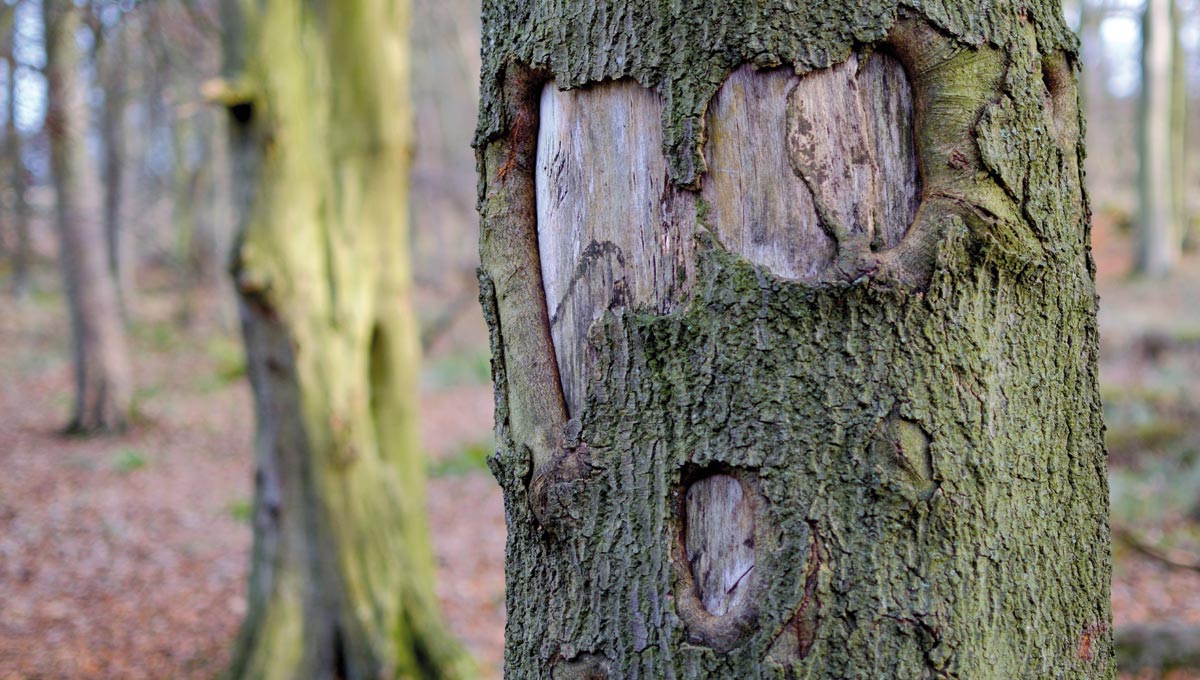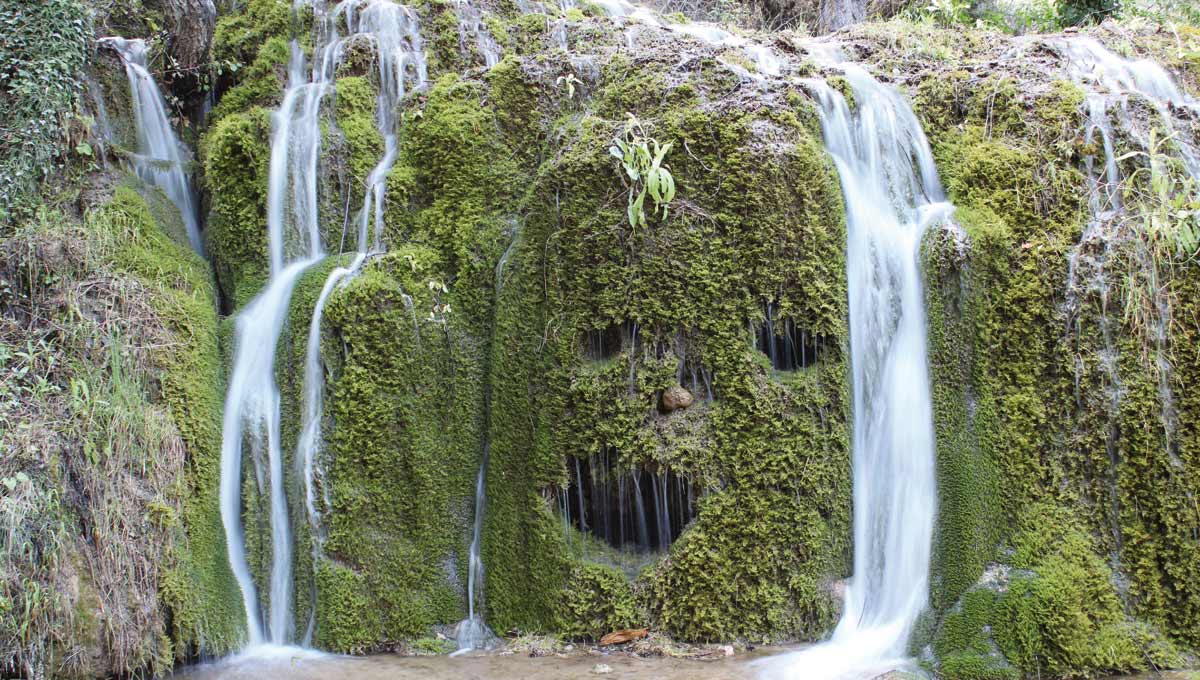All about the skin around the eyes and “drooping” eyelids
04/04/2025

06/06/2024
When we look at a sky with clouds, it is almost inevitable to begin to distinguish features or silhouettes of faces or animals. There is nothing strange about this, as our brain is designed to recognize familiar shapes in indistinct images.
This phenomenon is known as pareidolia, defined as “the illusory perception of a recognizable form between what is real and what is fantasized, when faced with a vague and random sensory stimulus.” It is not exactly an optical illusion, since it can perfectly be photographed. The illusory nature of pareidolia is only in our recognition, although this can be shared among several observers.

The classic example of pareidolia from the clouds in the sky.
Furthermore, we are aware of being faced with a free and unreal interpretation. We think “the cloud looks like a face”; If we trully believed that “it is a face”, it would become a hallucination.
Apart from the classic examples with clouds, pareidolia can occur when contemplating any image (even a sound) with random patterns, such as spots and veins on a rock face or pavement, in the profile of mountains or other landscape features, trees, fruits and objects of the most diverse variety. The most commonly perceived shapes are faces, followed by animals, revealing the importance of such recognition.

In both nature and our daily lives, we can find shapes that can be perceived as "faces".

In our evolution as a species, the ability to instantly identify human faces and distinguish between friends, enemies, or dangerous animals was, and still can be, an advantage for survival.
We immediately recognize the simple scheme of two small circles inside a large one, plus a line, as a face, automatically and subconsciously (even attributing a certain expression). This implies that we process it as a whole, without a geometric analysis of each part.

A pareidolia present in the landscape.
Neurons have been detected in the ventral fusiform area of the temporal cerebral cortex that activate when seeing any object that can be perceived as a face, almost as quickly as they do for a real face.
These neurons would be neural recognition circuits, present perhaps from birth, in our brain “wiring.” Injury due to trauma, vascular accident or tumour can cause a person to lose the ability to recognize faces, a condition known as prosopagnosia.
Our brain is constantly working to recognize shapes in the world around us. Pareidolia confirms the brain's parallel, automatic, and holistic operation, making it highly efficient.
BASE OF DIVINATORY METHODS AND SUBLIMINAL MESSAGES
Pareidolias can be considered a form of apophenia, the experience of seeing patterns and/or connections in random events or meaningless data. Thus, they are the basis of divination methods such as coffee grounds or molybdomancy, as well as psychological tests such as Rorschach inkblots. They often serve as an explanation for paranormal sightings, such as those of mythical animals, ghosts and UFOs.
In art and advertising, they represent a form of subliminal message: recall Dalí's “paranoid-critical method” or campaigns based on “faces” in everyday objects.

Example of a Rorschach inkblot (Rorschach test).
Prof. Rafael I. Barraquer, medical director of the Barraquer Ophthalmology Centre